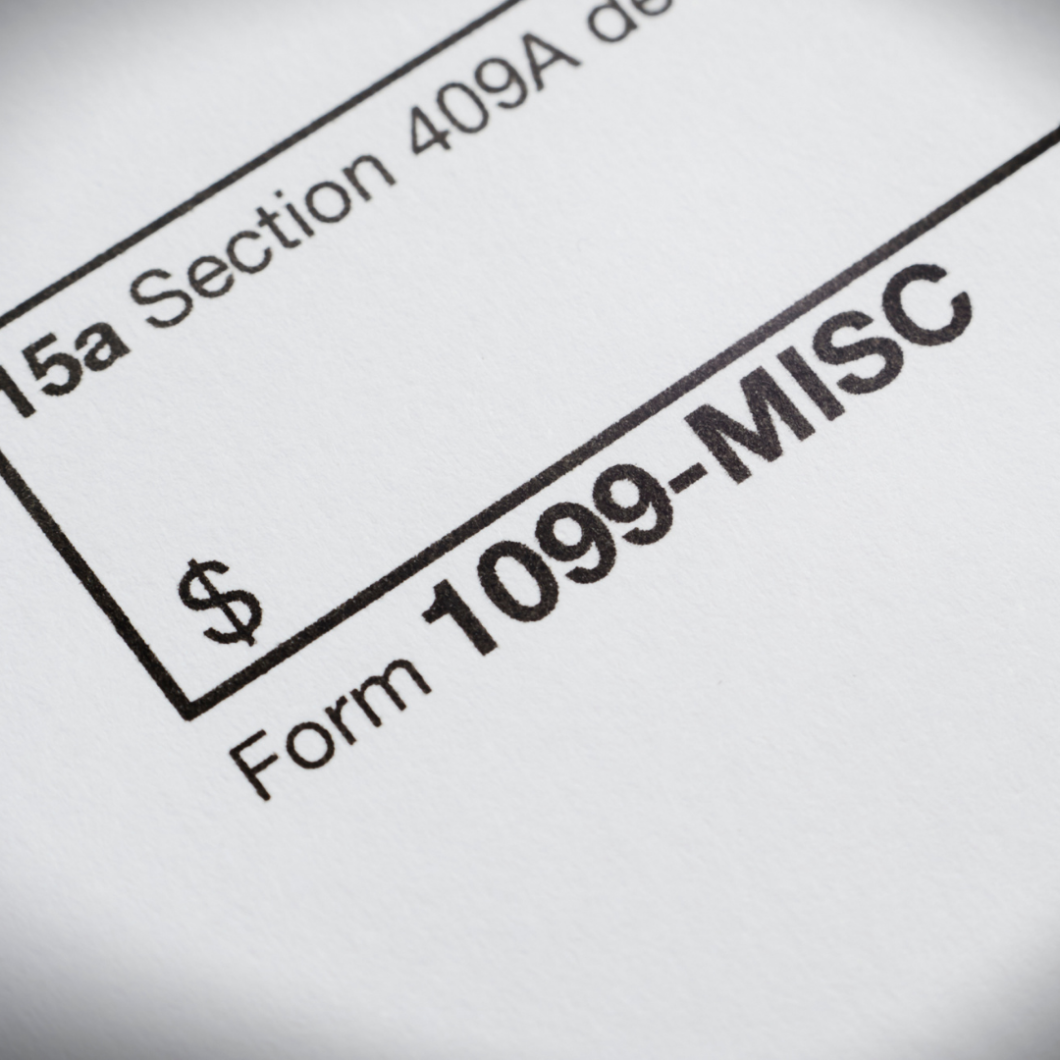
Business owners typically dislike dealing with the tax reporting, filing, and payment requirements associated with running a business. It can be tedious and require attention to numerous details. For businesses that have made payments to vendors and independent contractors, the type of tax reporting required and the form it should take are often overlooked and confusing. Specifically, it requires understanding Internal Revenue Service (IRS) Form 1099 and determining when it is necessary to file one.
What Is Form 1099?
Form 1099 is a type of information report similar to the well-known Form W-2. It differs from Form W-2 in that it is primarily required for payments made to independent contractors and certain other entities in the course of your trade or business, not for compensation paid to employees. When a business owner pays $600 or more to an independent contractor or unincorporated entity during the tax year, the business owner is responsible for completing Form 1099 and sending it to the contractor or entity and to the IRS. There are several variations of Form 1099, each of which is associated with a specific type of report. For example, Form 1099-DIV is used when reporting dividends and distributions paid in amounts greater than $10.
How Do I Determine Who Receives a Form 1099?
Common recipients of Form 1099 include accountants, lawyers, consultants, web designers, and other independent contractors. However, determining who receives a Form 1099 requires more than identifying a particular profession. The determining factors are the type of entity and its taxation structure. You should complete a Form 1099 for independent contractors who operate as sole proprietorships or partnerships. You should also file a Form 1099 for limited liability companies (LLCs) taxed as disregarded entities or partnerships. A single-member LLC is classified by default as a disregarded entity, and the default tax classification for a multimember LLC is a partnership. As a result, if an LLC chooses not to elect a particular tax classification, a business owner must send the LLC a Form 1099. On the other hand, for LLCs that elect to be taxed as a C corporation or an S corporation, a Form 1099 is unnecessary. There are, however, limited exceptions, for example, for medical and healthcare payments.
If you are uncertain about how the contractors and entities you have worked with are taxed, a common practice is to request that they complete Form W-9, Request for Taxpayer Identification Number and Certification. This form requires them to identify how they are taxed and to provide additional information, such as their business name for tax purposes, taxpayer identification number, and address. But what if you cannot obtain this information and remain unsure about a contractor’s or entity’s tax status? In that case, it is advisable to err on the side of caution and complete a Form 1099: there are no penalties assessed against those who complete too many forms. However, if you do not complete a Form 1099 for a contractor or entity when it is required, you may face sizable penalties for each missing form.
Next Steps
If you are a small business owner preparing to complete your annual Form 1099 reports or have other tax-related questions, you do not have to figure it all out alone. Contact us.
